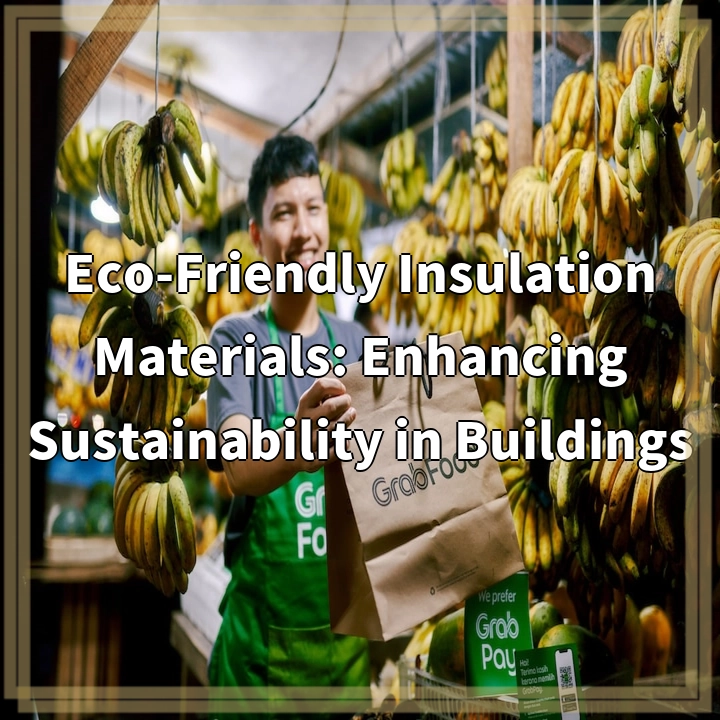
What Are Eco-Friendly Insulation Materials?
Eco-friendly insulation materials are sustainable alternatives to traditional insulation products used in buildings. These materials are designed to minimize environmental impact while providing effective thermal insulation and soundproofing properties. They are often made from renewable or recycled resources, reducing carbon emissions and waste generation.
Real-World Problems Associated with Eco-Friendly Insulation Materials
Despite the numerous benefits of eco-friendly insulation materials, there are several challenges and drawbacks to consider. These include:
1. Cost
One of the major barriers to the widespread adoption of eco-friendly insulation materials is the initial cost. While these materials may offer long-term energy savings, their higher upfront expenses can be prohibitive for many homeowners and construction projects.
2. Limited Availability
Compared to conventional insulation materials, the availability and variety of eco-friendly options may be limited. This can pose challenges for individuals and builders looking to incorporate sustainable insulation solutions into their projects.
3. Performance Factors
Eco-friendly insulation materials may have varying performance factors depending on the specific product and application. Some materials may not have the same level of thermal efficiency or soundproofing capabilities as traditional insulation options, which may influence their suitability for certain projects.
4. Installation Complexity
Certain eco-friendly insulation materials may require specialized installation techniques or equipment, which can add complexity and cost to construction projects. It is important to consider the expertise and training required to install these materials properly.
5. Durability and Longevity
The durability and long-term performance of eco-friendly insulation materials can vary. Factors such as moisture resistance, pest resistance, and aging properties should be taken into account to ensure the longevity and effectiveness of the insulation solution.

Solutions for Overcoming Real-World Problems with Eco-Friendly Insulation
While there are challenges associated with eco-friendly insulation materials, innovative solutions are being developed to address these concerns and increase their accessibility and effectiveness. Some potential solutions include:
1. Financial Incentives
Governments and organizations can provide financial incentives to promote the adoption of eco-friendly insulation materials. Grants, tax credits, and subsidies can help offset the initial costs, making sustainable options more affordable for homeowners and builders.
2. Increased Availability and Product Development
Investments in research and development can lead to the creation of new eco-friendly insulation materials with improved performance and availability. Manufacturers and suppliers can work to expand their product lines and distribution networks, ensuring a wider range of sustainable options in the market.
3. Education and Awareness
Educating consumers, architects, builders, and contractors about the benefits and installation methods of eco-friendly insulation materials is crucial. Increasing awareness about these options can generate demand and encourage their incorporation into building projects.
4. Standardization and Certification
Establishing industry standards and certifications for eco-friendly insulation materials can help build trust and ensure product quality. This can facilitate comparisons between different products and assist consumers and professionals in making informed decisions.
5. Collaboration and Knowledge Sharing
Encouraging collaboration between researchers, manufacturers, and industry stakeholders can accelerate innovation and the adoption of eco-friendly insulation materials. Sharing knowledge and best practices can lead to the development of more efficient and durable solutions.















